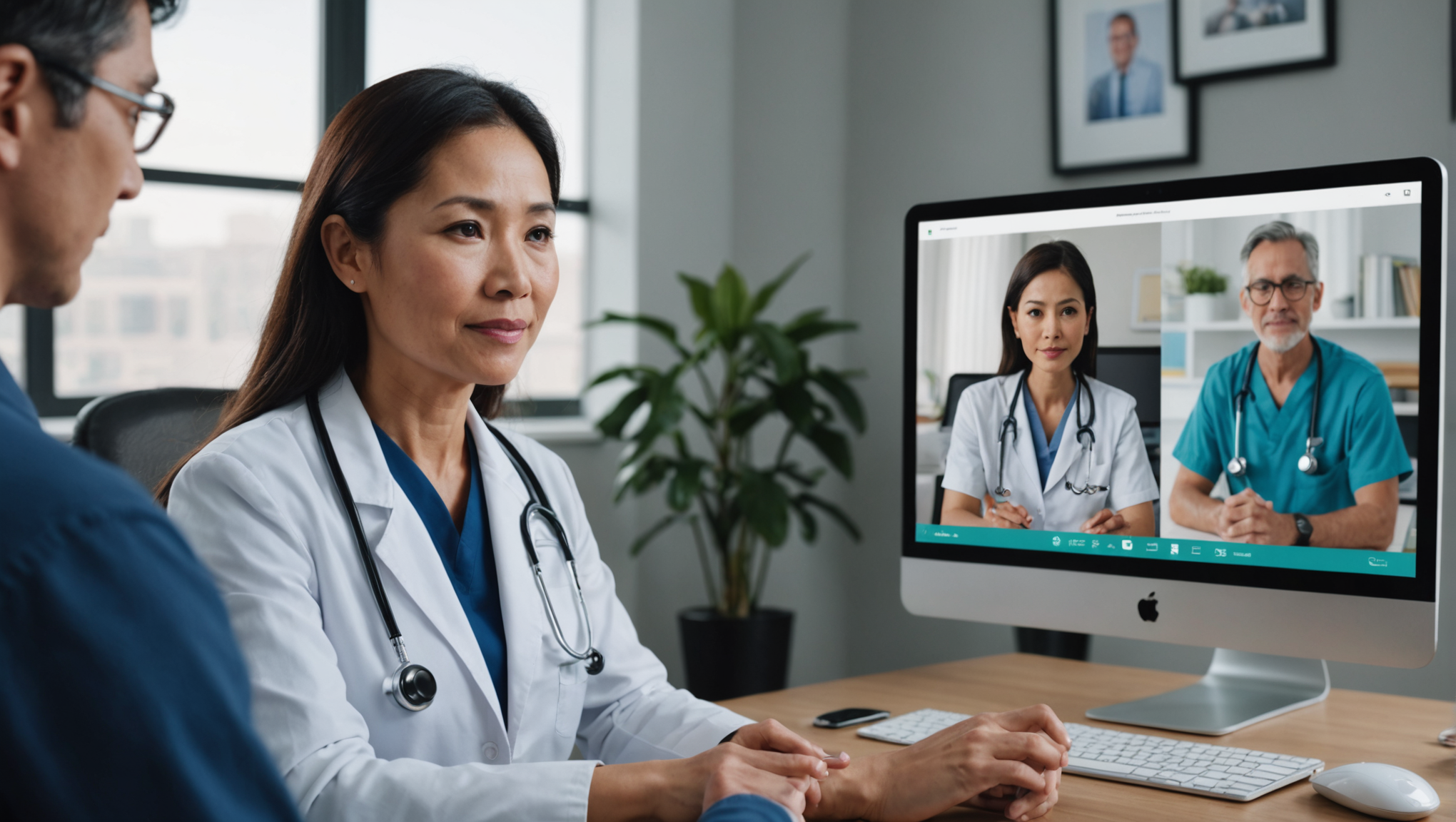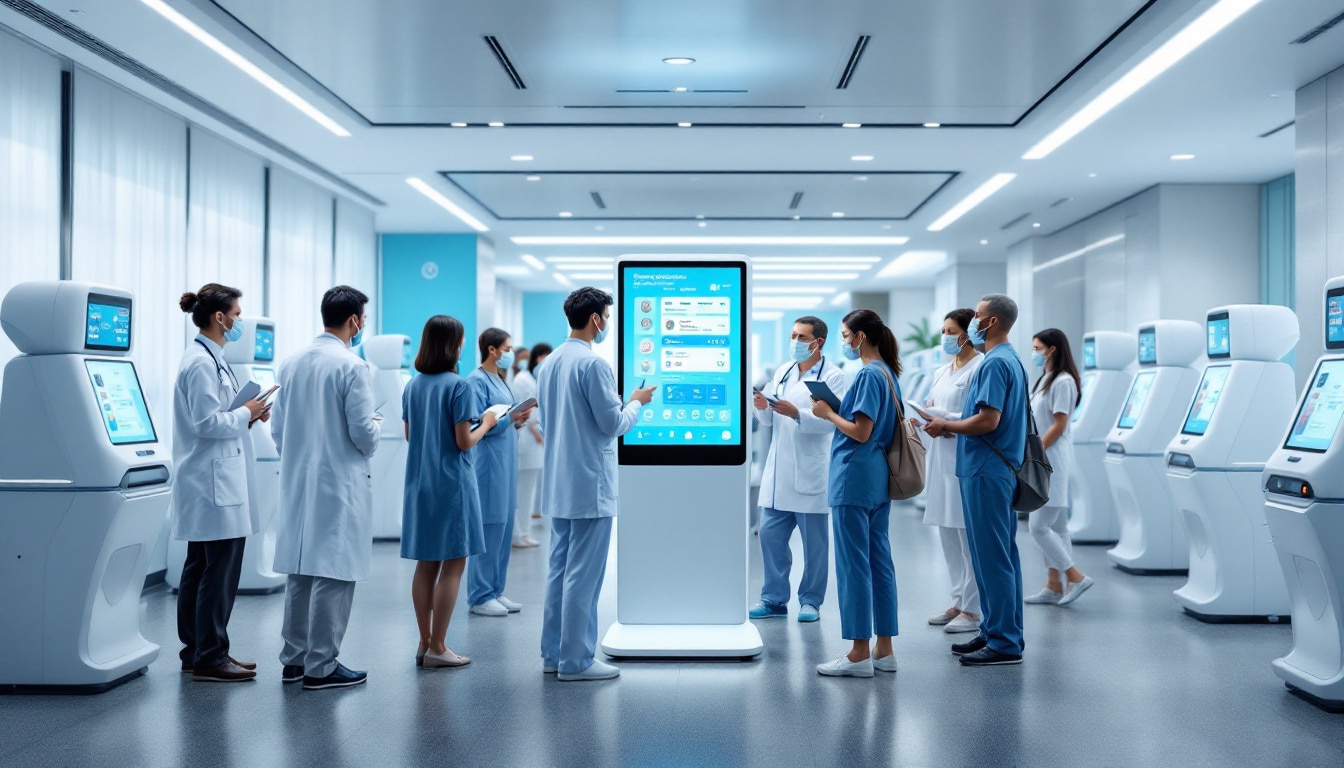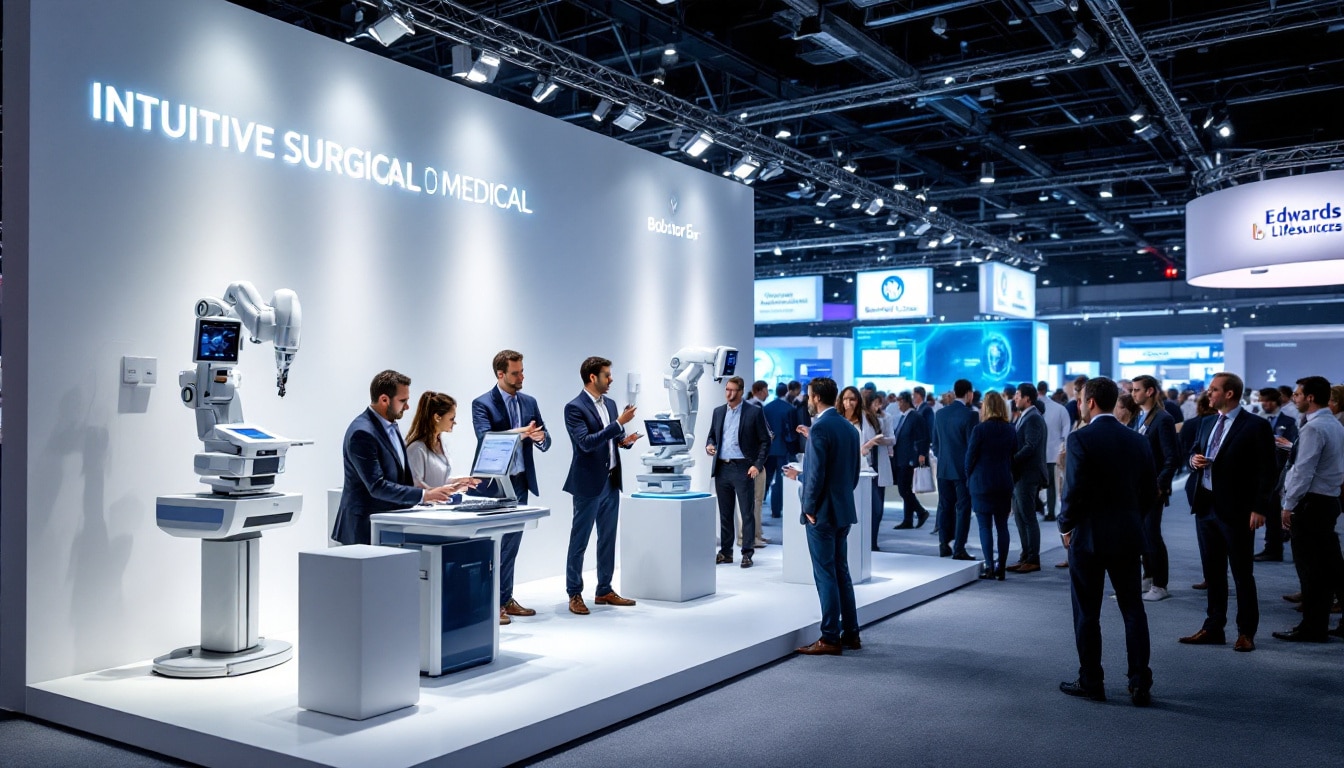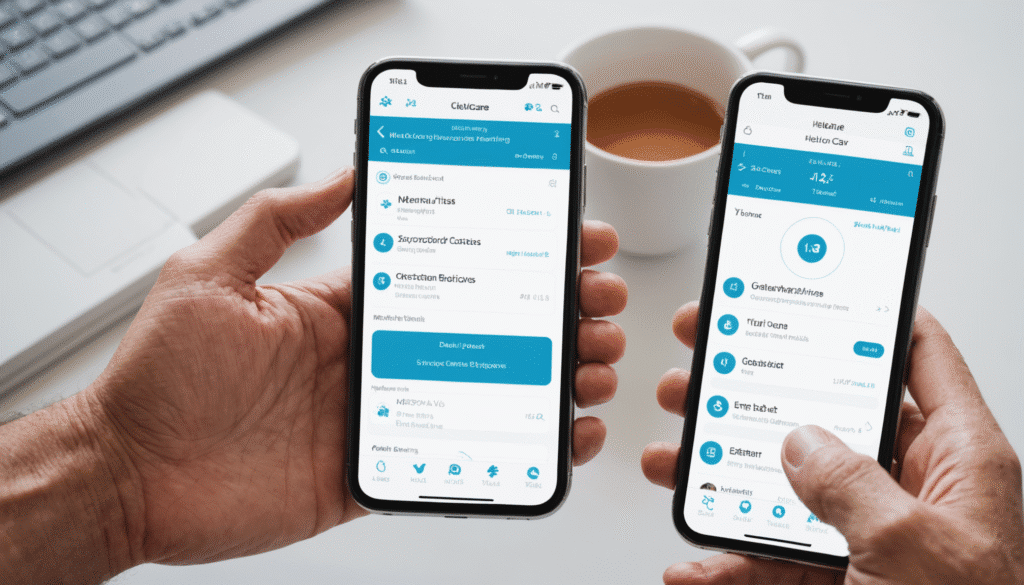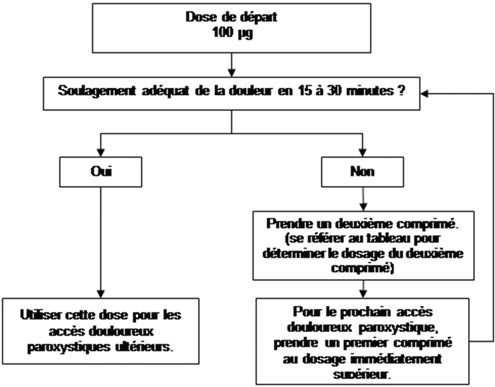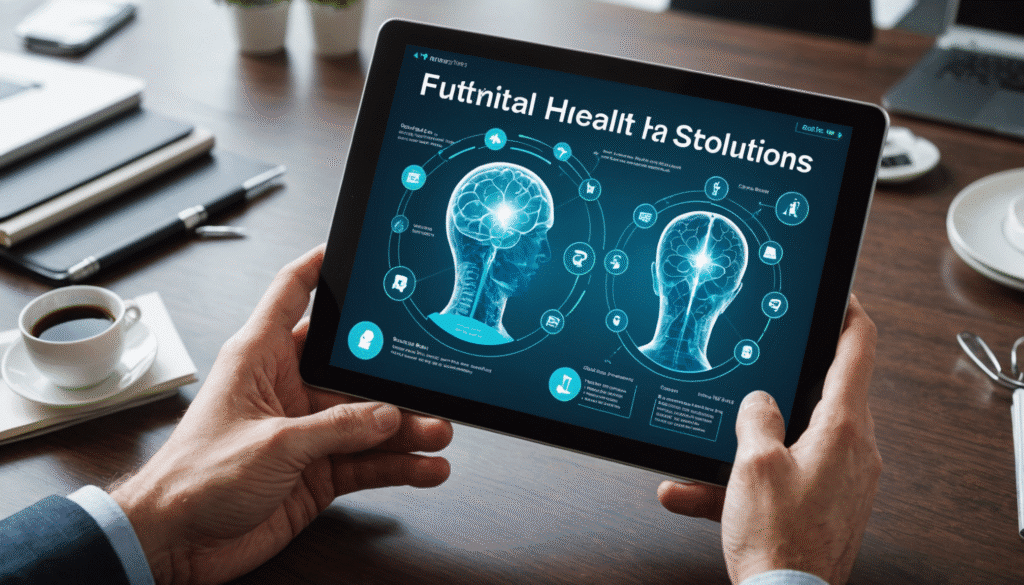In a context where access to care often proves complex, the telemedicine emerges as a real lever to revolutionize the way we experience our health journey. Technological advances now make it possible to consult a doctor, obtain a diagnosis or follow a pathology without requiring travel. There teleconsultation and the remote monitoring are no longer simple tools, but concrete solutions to anticipate and manage health problems, especially in a context where waiting times and logistics can be major obstacles.
Optimize the remote support involves a precise understanding of the tools and protocols available to us. By integrating best practices into this system, health professionals can not only improve quality of the care provided, but also strengthen the patient-caregiver relationship. The link between careful observation of symptoms and appropriate intervention becomes tangible, thus facilitating preventive medicine more responsive and efficient. Let’s explore together the different facets of telemedicine and how they are shaping the future of healthcare.
There telemedicine stands out as an innovative solution that transforms the landscape of remote medical care. By allowing patients to access medical consultations from the comfort of their home, this approach responds to a growing need for flexibility and accessibility in the healthcare field. With the rise of digital technologies, it is crucial to understand how this practice can be optimized to guarantee quality care.
Understanding the Concept of Telemedicine: Recent Statistics and Data
According to a study published in 2023 by the Ministry of Health, nearly 75% of general practitioners in France now include medical procedures. telemedicine in their daily practice. The services of teleconsultation have seen a 300% increase since the start of the pandemic, with more than 20 million consultations made online last year. These figures show not only the enthusiasm of professionals, but also the growing acceptance of patients.
There remote monitoring, a branch of telemedicine, has also seen significant advances. Connected devices for monitoring the health of patients with chronic diseases, such as diabetes or cardiovascular diseases, have been deployed on a large scale. This led to a reduction in hospitalizations of around 20%, as indicated by Health Insurance data.
Optimization of care: Practical recommendations
To optimize remote support, several strategies can be implemented. First of all, it is essential to train practitioners in digital tools and telemedicine. The Haute Autorité de Santé (HAS) recommends continuing training integrating best teleconsultation practices, such as those set out in this official guide.
A case study by a team of cardiologists revealed that the use of remote monitoring combined with regular consultations by telephone allowed 85% of patients to better manage their condition, highlighting the importance of constant monitoring in the context of telemedicine. Professionals must also ensure that they establish a strong patient-practitioner relationship, even remotely, to build trust and adherence to treatment.
In addition, supporting patients through support platforms telemedicine proves to be crucial. By creating personalized access tools, such as health apps that track symptoms and ask questions in real time, doctors can facilitate proactive and reactive consultation, thereby optimizing chronic disease monitoring.
State of the art in telemedicine: Innovations and perspectives
The latest innovations are revolutionizing the way telemedicine is practiced. Digital solutions are emerging, integrating artificial intelligence and big data, to analyze patient data and predict care needs. A recent study published in the medtech-qui-transforment-le-paysage-de-la-sante/”>Global Health highlights that AI tools can improve the accuracy of remote diagnostics and reduce wait times for patients with non-urgent problems.
A concrete example comes from a collaboration between several MedTech companies, aiming to develop systems of telemedicine integrated. These systems allow the assessment and monitoring of the mental health of patients via adapted digital therapies, as shown in the article on digital therapies. The integration of telemedicine in psychiatry offers a promising future, with many patients preferring to benefit from remote psychological support, which allows them to overcome the stigma obstacles often linked to these consultations.
In conclusion, while the telemedicine continues to evolve, it is imperative to explore innovative avenues and adapt practices to meet the growing expectations of patients. By combining effective digital tools and a patient-centric approach, remote care can achieve unprecedented levels of efficiency, bringing real change to the way healthcare is delivered.
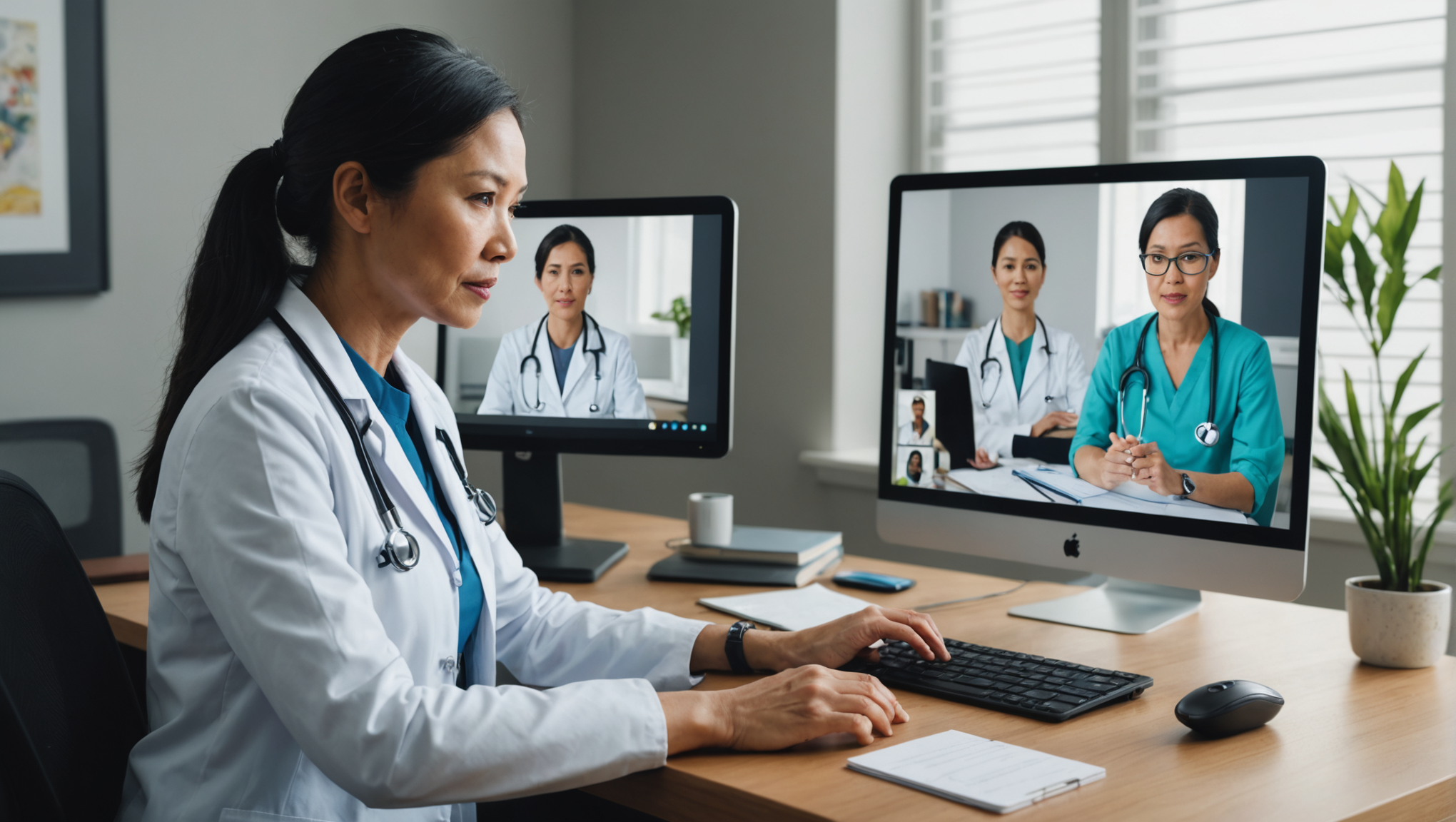
[#Télémédecine] Comment faire de la télémédecine un réel vecteur d’accès aux soins pour tous, malgré les inégalités face au numérique et aux besoins de santé ?
— France Assos Santé (@Fr_Assos_Sante) September 20, 2023
👉France Assos Santé partage ses constats et ses propositions concrètes dans son #manifeste.#AccèsAuxSoins #Publication
Telemedicine refers to all care activities carried out remotely, generally via teleconsultation Or remote monitoring. It allows patients to benefit from medical monitoring without traveling.
Telemedicine facilitates access to care, reduces waiting times for consultations and allows quality monitoring, particularly for patients with chronic pathologies.
During a teleconsultation, the patient and the doctor communicate via video conference or by telephone. The doctor assesses the situation, provides advice or prescription, while guaranteeing the confidentiality of the exchanges.
Yes, the actions of teleconsultation are refundable by Health Insurance, under certain conditions. It is essential to check the terms with your doctor.
For a good telemedicine experience, it is recommended to have a computer or a smartphone with a stable internet connection, as well as communication devices like video conference.
Telemedicine allows rapid patient care, reduces waiting time and optimizes the organization of care, thus making the entire process more fluid.
Disadvantages may include distance which can complicate human exchanges, technical limitations and the risk that certain pathologies require an physical assessment.
In the event of a technical difficulty, it is advisable to contact the technical assistance service of the telemedicine platform used and to ensure that you have a backup plan to communicate with your doctor.

